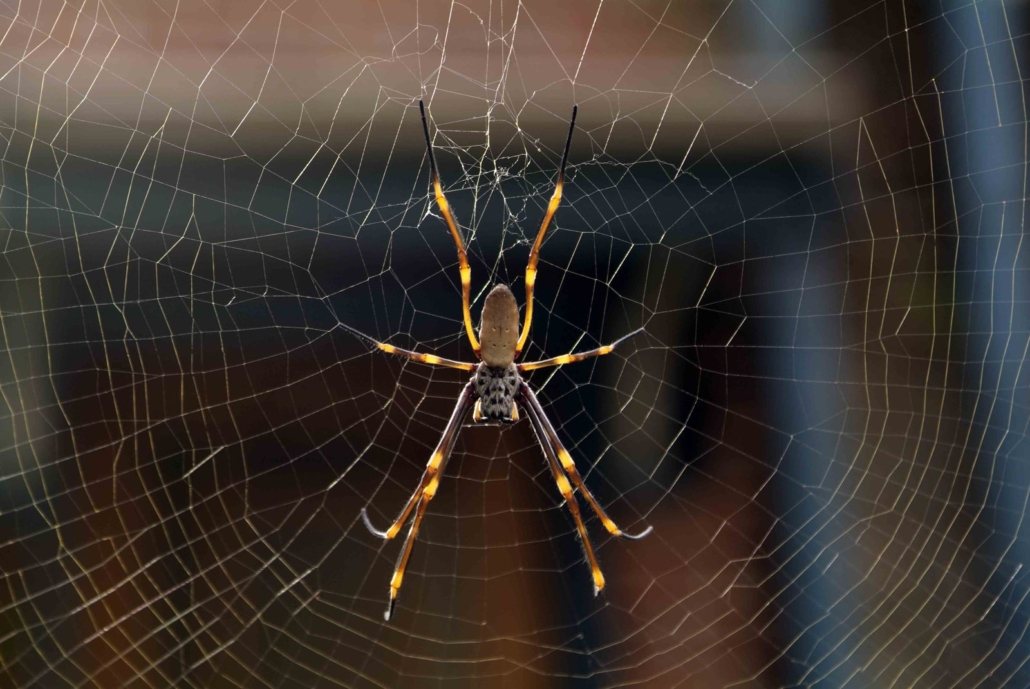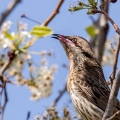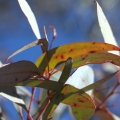Biodiversity Market Developments
Published 23rd February 2024. Written by Maddison O’Brien
Biodiversity is the key to a healthy and thriving landscape. Our region, situated in the lands of the ‘sheep wheat belt’ owes its productivity to the fertile soils of Box Gum Woodland and rich riparian and floodplain environments. Here the vibrant tapestry of species and ecosystems sustains essential ecosystem services vital for farm productivity. From pollination and natural pest management to soil protection and creation, biodiversity lies at the root of agricultural success. By supporting biodiversity on farms, the land can fall into balance, creating more productive and sustainable farms.
Biodiversity fosters natural pest management by nurturing diverse ecosystems where predator-prey relationships thrive. Insects are the base of the food web, feeding more complex species like birds and frogs. While we might look at insects as unwanted creepy crawlies, they are actually some of the best workers and providers.
Pollinators like bees and other insects are indispensable allies on farms, ensuring the success of crops, pastures, and native plants. Insects such as hoverflies, wasps, and butterflies, which are natural enemies of pests, flourish in habitats rich in native vegetation. Insect populations are dwindling due to habitat loss, pesticide use, and climate change. By maintaining not only biodiversity, but diversity of habitat on farms such as long grass, shrubs, woody debris, and trees landholders inadvertently cultivate a natural defence system against pest outbreaks, reducing reliance on chemical pesticides and promoting ecological sustainability.

Furthermore, biodiversity plays a vital role in soil enhancement, contributing to nutrient cycling, water filtration, and soil fertility. Healthy natural assets like vegetation and farm dams act as reservoirs of biodiversity. Investing in projects aimed at enhancing biodiversity, such as planting shelterbelts or revegetating dams, not only fosters habitat for native species but also strengthens the resilience of farming landscapes against environmental stressors.
Recognising the economic value of biodiversity, the government announced The Nature Repair Act 2023. The Act establishes a framework for a world-first legislated, national, voluntary biodiversity market. The Nature Repair Market will mobilise private finance to repair and protect our unique natural environments. The Biodiversity Conservation Trust plays a crucial role in administering and implementing the Biodiversity Credit System—an initiative akin to the carbon credit offset scheme. This innovative market offers landholders an opportunity to generate income by managing their land for conservation. By earning credits through biodiversity-friendly practices, such as habitat restoration and ecosystem conservation, landholders can sell these credits to developers seeking to offset the environmental impacts of their projects.
Finally, biodiversity is being recognised as a tangible asset that underpins the sustainability and resilience of farming systems. By embracing biodiversity-friendly practices landholders can safeguard our biodiversity-rich landscapes and receive economic benefits for their efforts.











